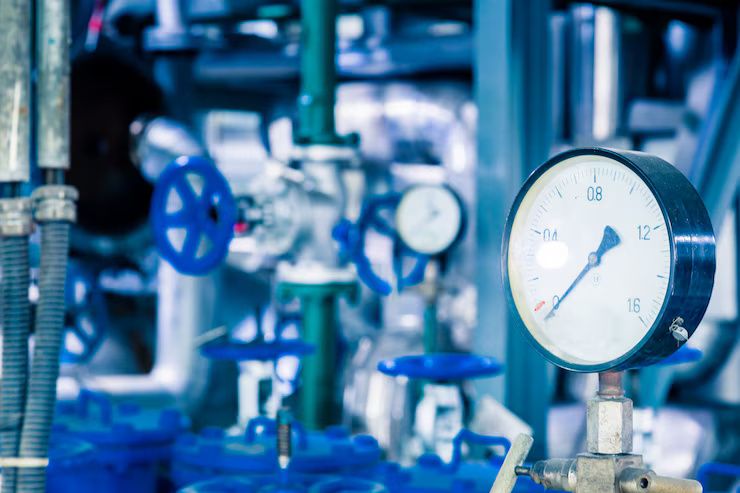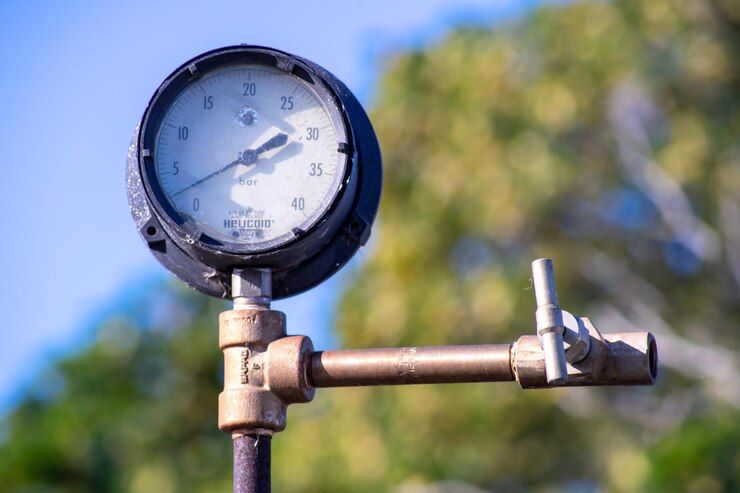A pressure transmitter is an instrument that converts pressure measurements into an electrical signal for monitoring and control systems. These devices are essential in industries where precise pressure data is needed, including oil & gas, chemical processing, water treatment, and HVAC systems.
They exist to provide real-time, accurate pressure data that helps automate systems, ensure safety, maintain equipment efficiency, and comply with operational standards.

Why Pressure Transmitters Matter Today
Pressure transmitters play a critical role in:
-
Industrial automation: Ensuring equipment operates within safe pressure limits
-
Process control: Improving product quality in manufacturing and fluid handling
-
Safety monitoring: Detecting pressure drops or surges that could indicate faults
-
Energy efficiency: Helping systems run optimally and reduce energy waste
-
Environmental protection: Supporting accurate monitoring in water and gas systems
Professionals such as engineers, maintenance teams, plant operators, and system integrators depend on these devices for accuracy, reliability, and automation.
Key Updates and Industry Trends (2024–2025)
Recent advancements and market shifts include:
-
Smart transmitters: The integration of IoT and digital protocols like HART, Profibus, and Modbus is increasing. Smart pressure transmitters now offer remote calibration, diagnostics, and data logging.
-
Miniaturization: Compact models are being developed for use in medical and mobile equipment.
-
Wireless transmitters: These offer installation flexibility in hard-to-reach areas, reducing wiring costs.
-
Self-diagnostic features: Some transmitters now include predictive maintenance capabilities to alert users before failures occur.
According to a 2024 MarketsandMarkets report, the global pressure transmitter market is projected to grow significantly, driven by automation demands in sectors like energy, pharmaceuticals, and food & beverage.
Regulations and Compliance Guidelines
Laws and policies impacting pressure transmitter use vary by industry and country:
-
ISO Standards: Many pressure transmitters are built to comply with ISO 9001 and ISO 5167 for industrial flow and pressure monitoring.
-
ATEX and IECEx Certifications: Required for devices used in hazardous environments like oil refineries or gas plants.
-
Environmental regulations: Agencies such as the EPA (U.S.), CPCB (India), and EU's REACH and RoHS require the use of certified sensors for emissions monitoring and water quality control.
-
Industrial Safety Acts: In many countries, plant safety codes mandate regular calibration and testing of pressure devices to prevent accidents.
Businesses using pressure transmitters must ensure their equipment is certified, regularly tested, and in compliance with sector-specific safety standards.
Useful Tools and Resources for Pressure Monitoring
Several tools and services help in the selection, installation, and calibration of pressure transmitters:
Hardware & Accessories:
-
Differential pressure transmitters
-
Gauge pressure transmitters
-
Flanged and threaded mounting kits
-
Remote seal systems for high-temperature media
Software & Calculators:
-
ABB Instrumentation Tool – Selection and sizing tool
-
Yokogawa Configurator – For HART protocol setup
-
WIKA Pressure Calculator – For unit conversions and range settings
-
Omega Engineering Tools – Online guide for sensor selection
Support Resources:
-
Vendor-provided manuals and datasheets
-
Online calibration tutorials on manufacturer websites
-
Industry forums like ISA.org and Control.com for technical queries
Using the right tools ensures long-term performance, safety, and compliance.
Frequently Asked Questions
Q1. What is the difference between a pressure sensor and a pressure transmitter?
A sensor measures pressure and may only output raw data. A transmitter converts this measurement into a standardized signal (like 4-20 mA or digital) for system integration.
Q2. How do I choose the right pressure transmitter?
Selection depends on media type (gas, liquid), pressure range, process temperature, connection type, and whether digital features are required.
Q3. What maintenance does a pressure transmitter require?
Routine calibration, inspection for leaks or clogs, and software updates (for smart devices) are recommended at regular intervals.
Q4. Can pressure transmitters be used with corrosive fluids?
Yes, if they are built with compatible materials like stainless steel, Hastelloy, or ceramic diaphragms for chemical resistance.
Q5. Are pressure transmitters affected by temperature?
Yes. Ambient and process temperatures can impact accuracy. Some models include temperature compensation features.
Final Thoughts
Pressure transmitters are fundamental to safe, efficient, and automated operations across numerous industries. As industries shift toward digitalization, these devices are evolving with added intelligence, connectivity, and reliability.
Understanding their function, applications, and regulatory requirements can help industries make informed choices and avoid costly operational errors. Whether you’re selecting a new model or maintaining existing systems, awareness of the latest developments is essential for optimal performance and compliance.
